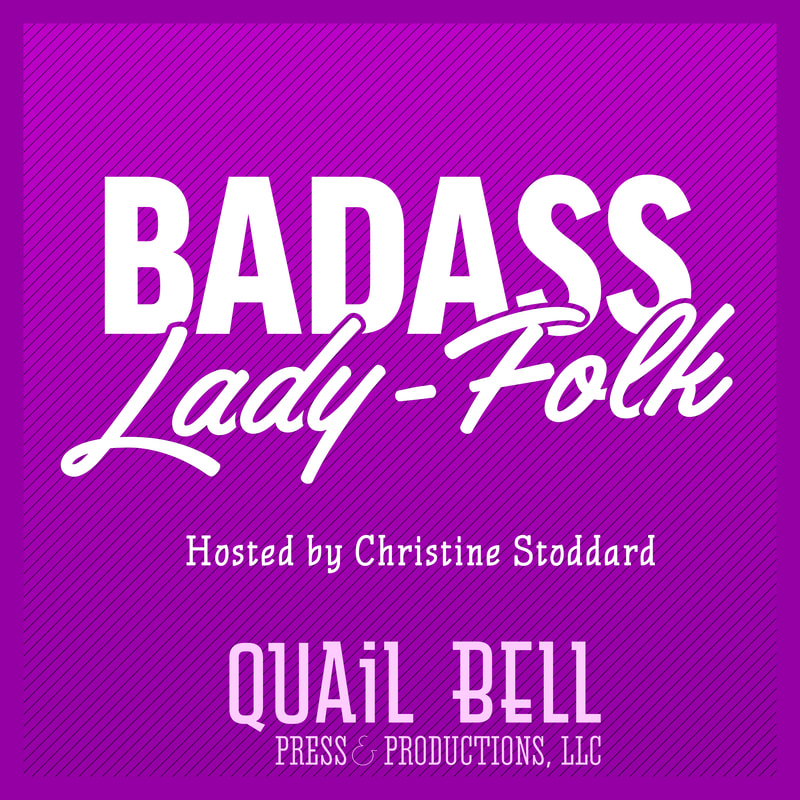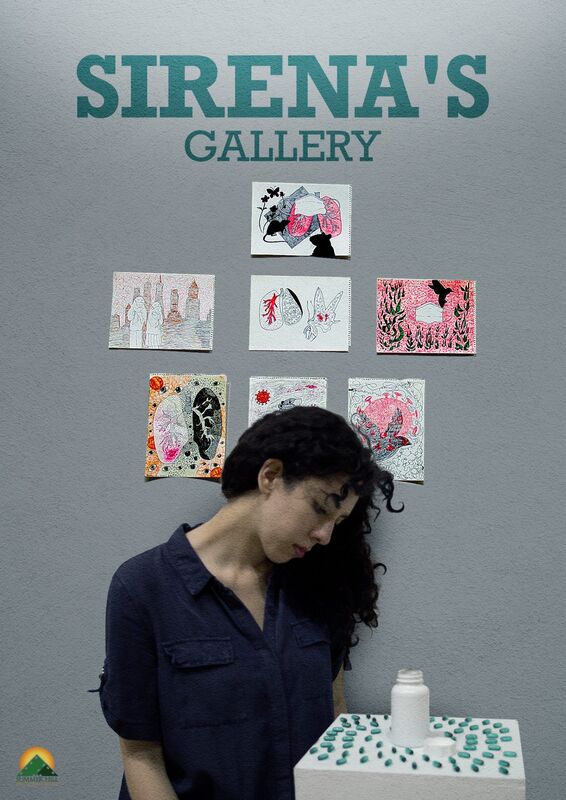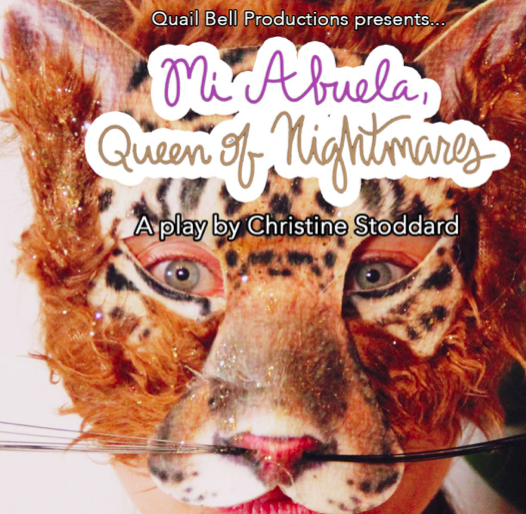|
The Breadcrumbs widget will appear here on the published site.
Inside Out
By Andi Chrisman
QuailBellMagazine.com *Editor's Note: This review contains minor spoilers. It has also been republished from On the Grid Zine August 9th, 2015.
I had been wanting to see Inside Out since I first saw the commercials, because it was obvious the story was about a fictionalized version of of how the brain works. I was blown away by how much it covered for a children’s movie and how much it moved me. I’m not going to talk about the normal review stuff, like cast and animation (which were all great), but just my thoughts from watching the movie without revealing too much.
The basic plot of Inside Out is as follows: Joy, Sadness, Disgust, Fear, and Anger are all characters that control the emotions and actions of a young girl named Riley through a panel inside her mind. This group is the Command Center of everything that is going on in Riley’s brain. The team collects the memories Riley forms every day and moves them to long term storage. Riley’s personality is formed by a very few core memories that are bright and shinier than others. These memories allow her personality and interests to form by creating islands like Family Island, Honesty Island, Hockey Island. and others. Joy runs the group and tries to keep Sadness from ever being in control, as she doesn’t understand Sadness’ purpose in Riley’s life. Sadness says she can’t help herself, as she accidentally taints Riley’s happy memories with aspects of Sadness. Sadness accidentally creates a new, sad core memory, which Joy tries to remove, spilling out all the core memories. Trying to save the core memories, Joy and Sadness are sent to long-term memory storage with the core memories, and they search desperately to get back to the control panel while Riley goes through a drastic change when Joy and Sadness are removed from her brain. Basically, Riley gets depressed. She becomes numb due to the loss of Joy and Sadness in her life. Not long after Joy and Sadness leave the command center, the first island is destroyed. That’s when I had my breakdown watching the film. It was such a poignant and overpowering moment, watching Riley lose all her silliness as Goofiness Island disintegrates. it immediately brought memories of my own battles with depression and I could picture my own islands collapsing as Riley becomes more and more depressed and acting out as the other emotions try to keep her stable until Joy comes back to straighten out the situation. Though Riley is kind of a secondary character to Joy and Sadness, who are the stars of the movie, Riley’s actions are constantly being controlled by whichever emotion can overpower the others to use a literal control panel--the strongest emotion will decide Riley’s actions and will influence her memory of that in the future. That’s a pretty powerful analogy for how the brain works when you are overwhelmed by emotion. For a long time, Joy can not understand Sadness’ purpose in Riley’s brain. But Sadness is who is best able to show compassion and empathy for others who are struggling. Through their journey, Sadness doesn’t just drag Joy down, but eventually she finds her purpose and Joy begins to understand why it’s important for Sadness to be in control. The movie tells children, for the first time ever, “It’s okay and normal to be sad sometimes”. Most adult movies don’t give us a lesson that is so true, yet so freeing if you can really absorb it. By the end of the movie, when Sadness and Joy return to Command, Joy understands Sadness’ purpose and allows her to take control while Riley cries for the first time since the whole ordeal started. Sadness takes Joy’s hand and together they form a new hybrid core memory: her parents comforting her while she cries. The future shows that all of Riley’s memories are now a mixture of multiple emotions, not solely a product of one emotion. The characters get a new control panel where they share control instead of having to fight for it. Even without my breakdown, there are many tear-jerker moments throughout the movie. My sister described the movie as “Good, but sad”. Real psychiatrists and psychologists were hired to consult through the movie making process. A lot of real psychology is implemented into the movie, giving it a lot of adult themes and a few jokes made that only the adults would really get. There were a lot of kids in the theater, but they weren’t laughing nearly as much as you would expect for a children’s movie. I thought it was great and want to see it again to see what more I can take from it. I can see me watching this multiple times in the future and being just as moved every time. It was a great film and I recommend to all.
#Real #OnTheGridZine #InsideOut #MovieReview #MentalHealth #HowTheBrainFunctions
Visit our shop and subscribe. Sponsor us. Submit and become a contributor. Like us on Facebook and follow us on Twitter.
CommentsComments are closed.
|
|










